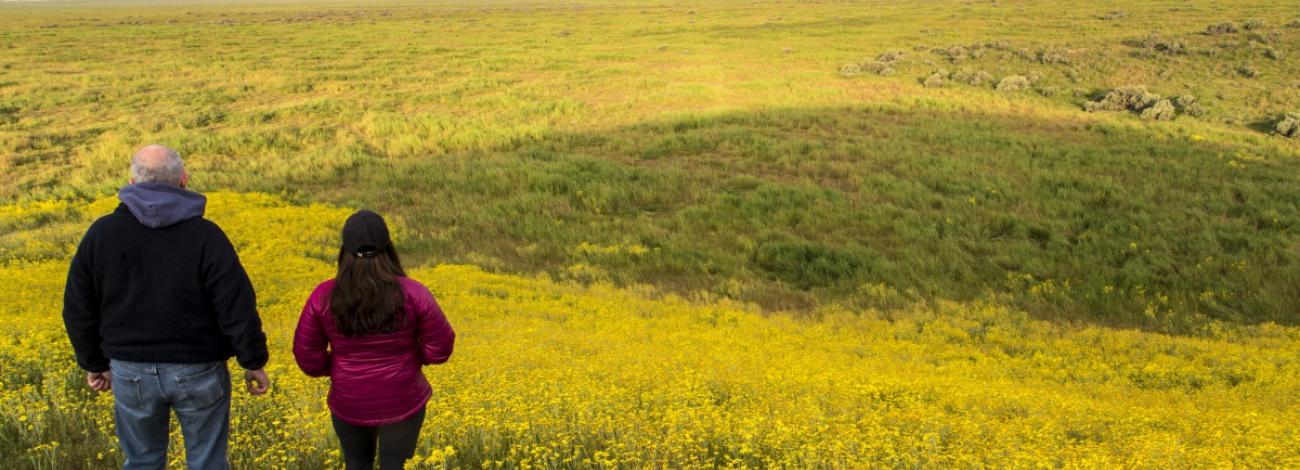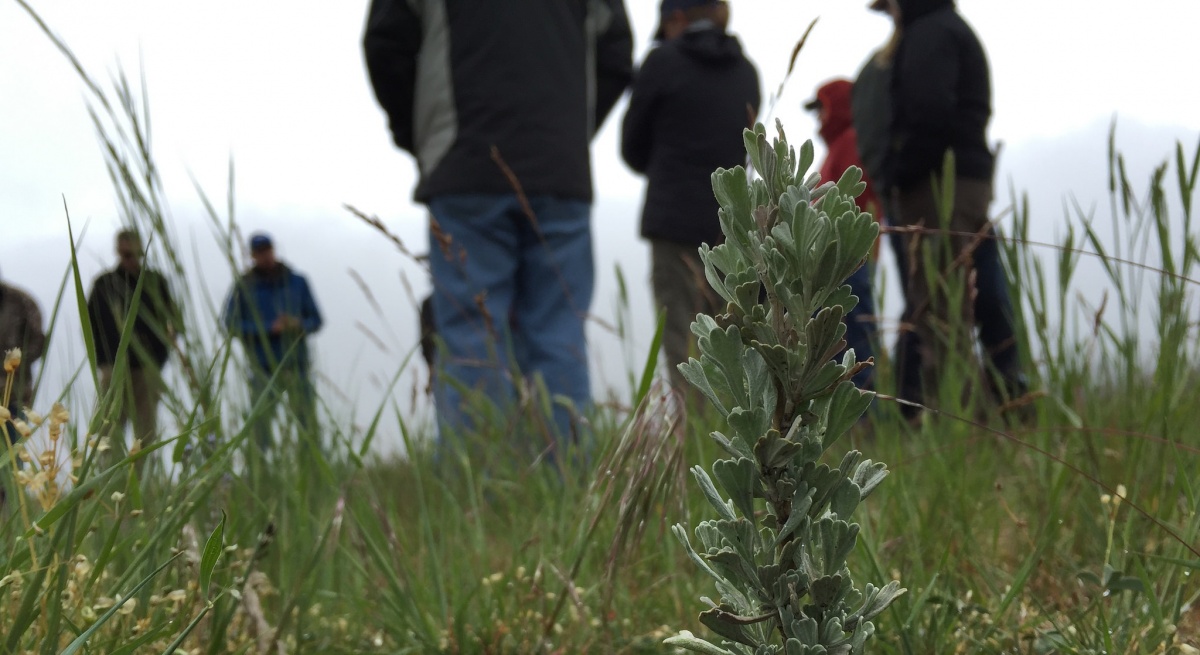
Public Involvement
At almost every step in the development of the Bureau of Land Management's land-use plans and their associated NEPA documents, the public has an opportunity to make its voice heard. Through the ePlanning portal, people with an interest in the public lands can participate in land-use plan creation online.
The following steps in plan development provide the public with chances to comment on the topics that are of interest to them:
BLM NEPA Notice of Intent (NOI) is a formal announcement that the Bureau intends to prepare an Environmental Impact Statement (EIS) for a proposed project or action that may significantly impact the environment. The NOI initiates the "scoping" process, where the public and BLM collaborate to identify issues and potential alternatives to be addressed in the EIS.
The current land-use planning process begins with a formal public scoping process to identify planning issues that should be considered in the land management plan. The BLM analyzes these issues and uses them to develop a range of alternative management strategies.
The release of the draft Resource Management Plan and draft EIS is followed by a 90-day public comment period.
Once comments have been reviewed and evaluated, the BLM revises the draft plan, as appropriate, and then releases a proposed RMP and final EIS.
Filing a Plan Protest on the Proposed RMP
Release of the proposed RMP and final EIS initiates a 30-day protest period for any person who previously participated in the planning process and has an interest that is (or may be) adversely affected by the proposed plan.
Read more about filing a plan protest, and access the BLM Director's Protest Resolution Reports.
Governor’s Consistency Review
At the same time, the BLM provides the proposed plan and final EIS to the governors of those states included in the RMP for a 60-day review period to identify inconsistencies with state and local plans. After inconsistencies and protests have been considered and resolved to the extent practical with federal law, regulation, and policy, the BLM State Director may approve the final RMP.
The Record of Decision, or ROD, provides a more concise and useful tool to land managers and stakeholders than an EIS. The ROD describes the goals, objectives, and management actions for fulfilling the management direction set out in the preferred alternative of the final EIS, with any changes resulting from protests, Governor’s Consistency Reviews, or similar considerations. Signing the ROD finalizes the land-use plan.

